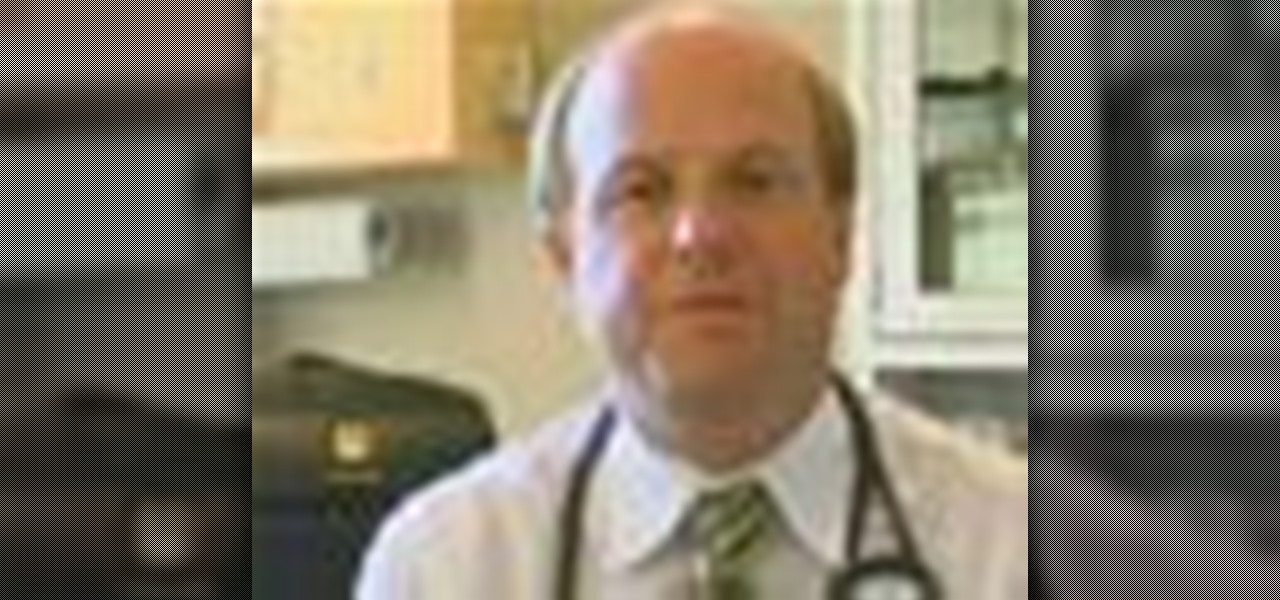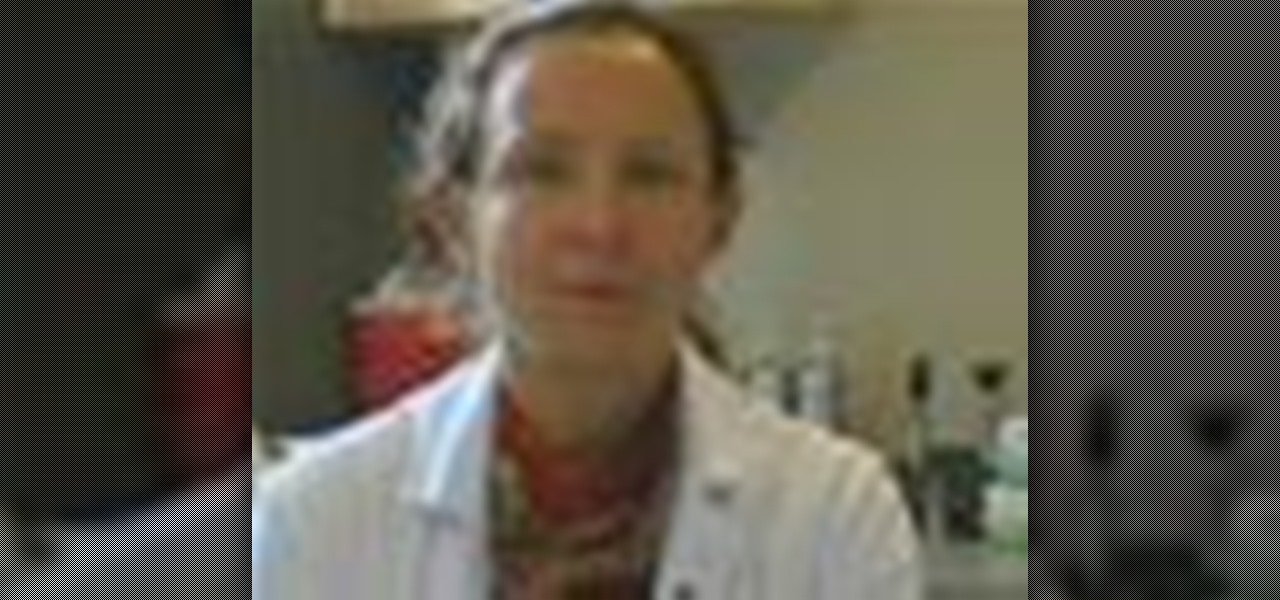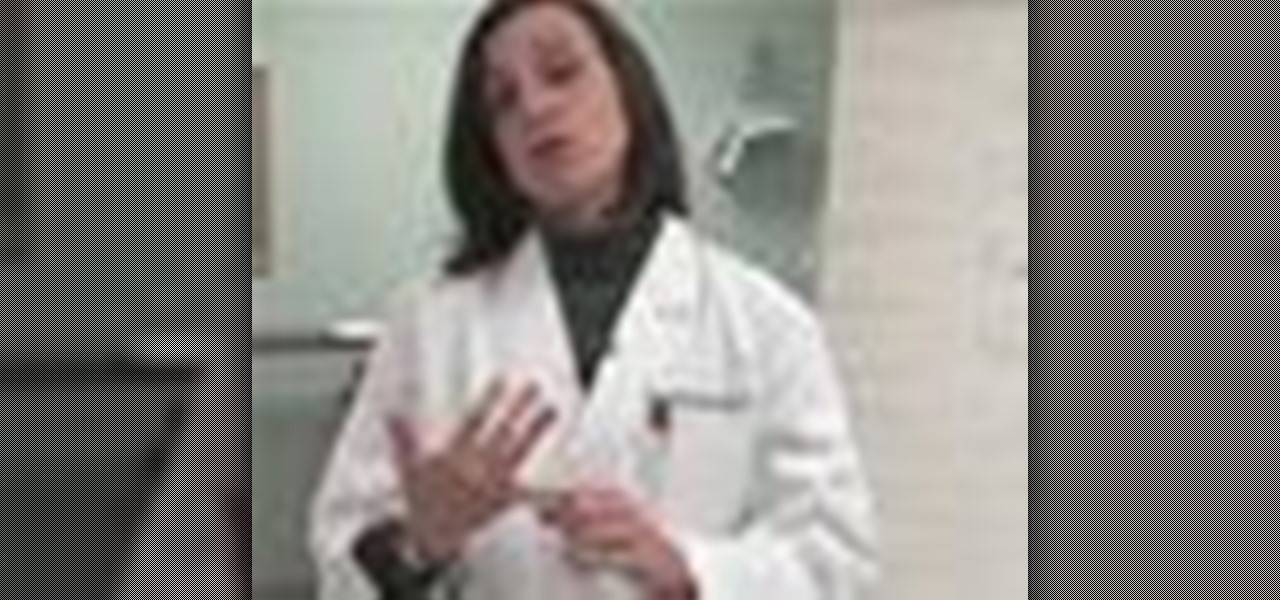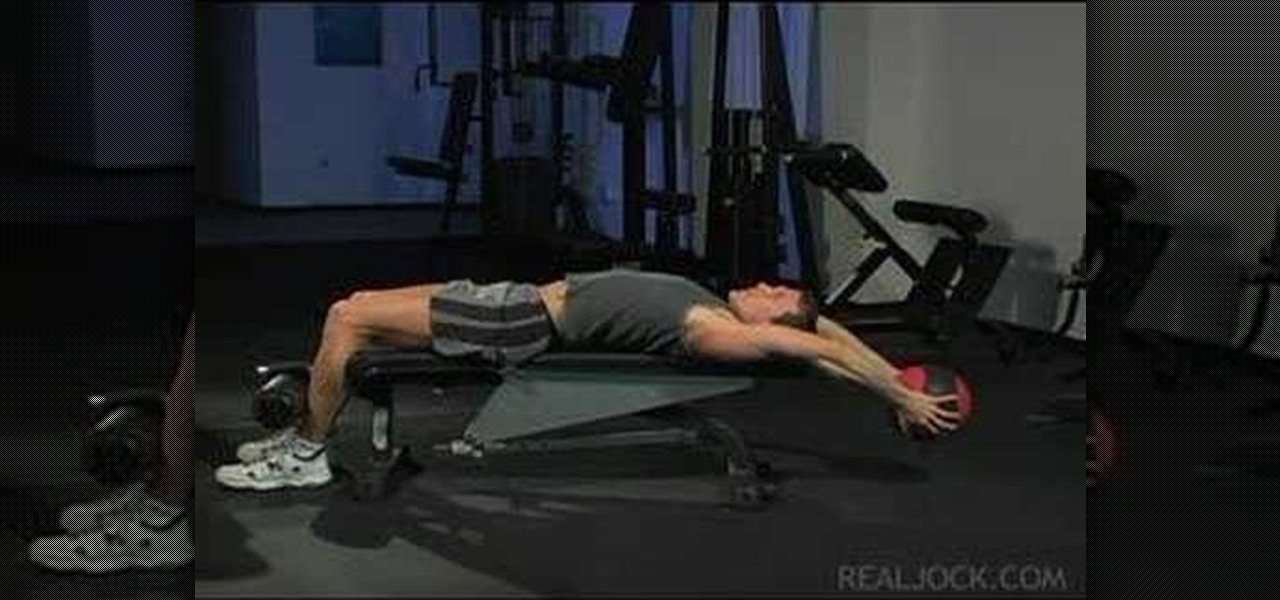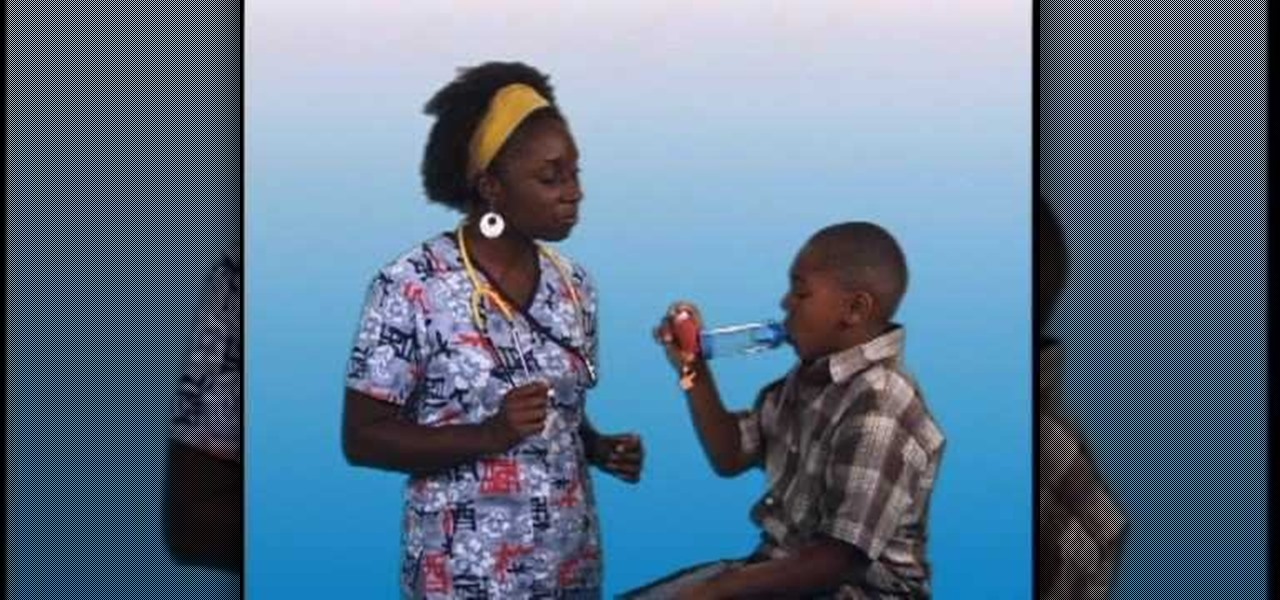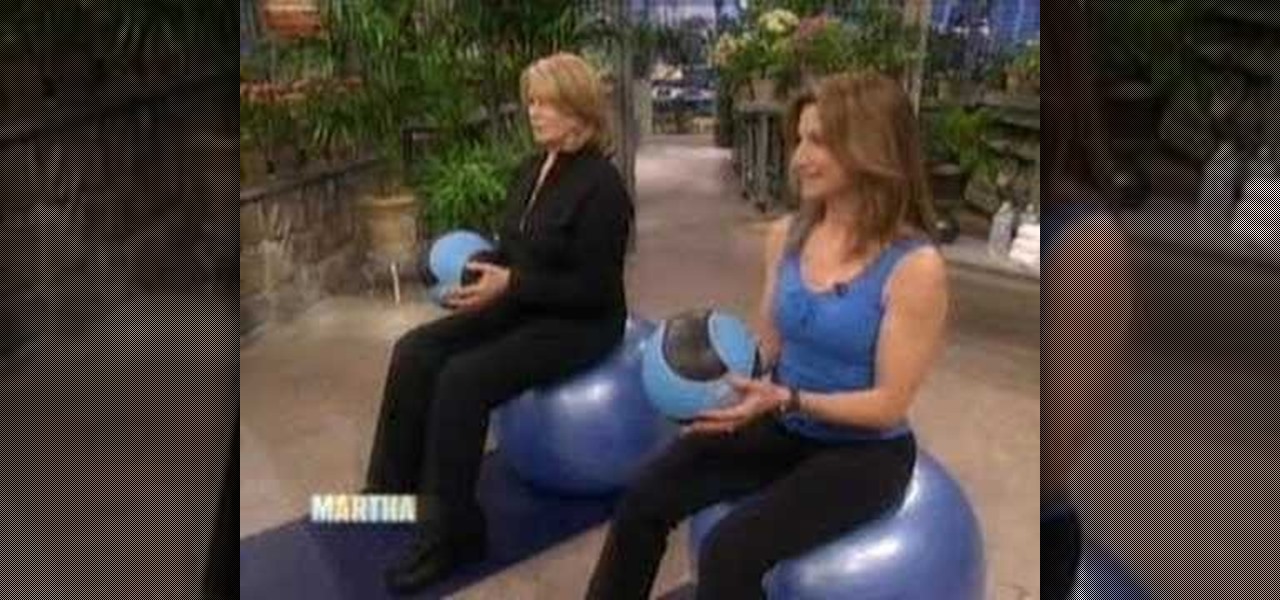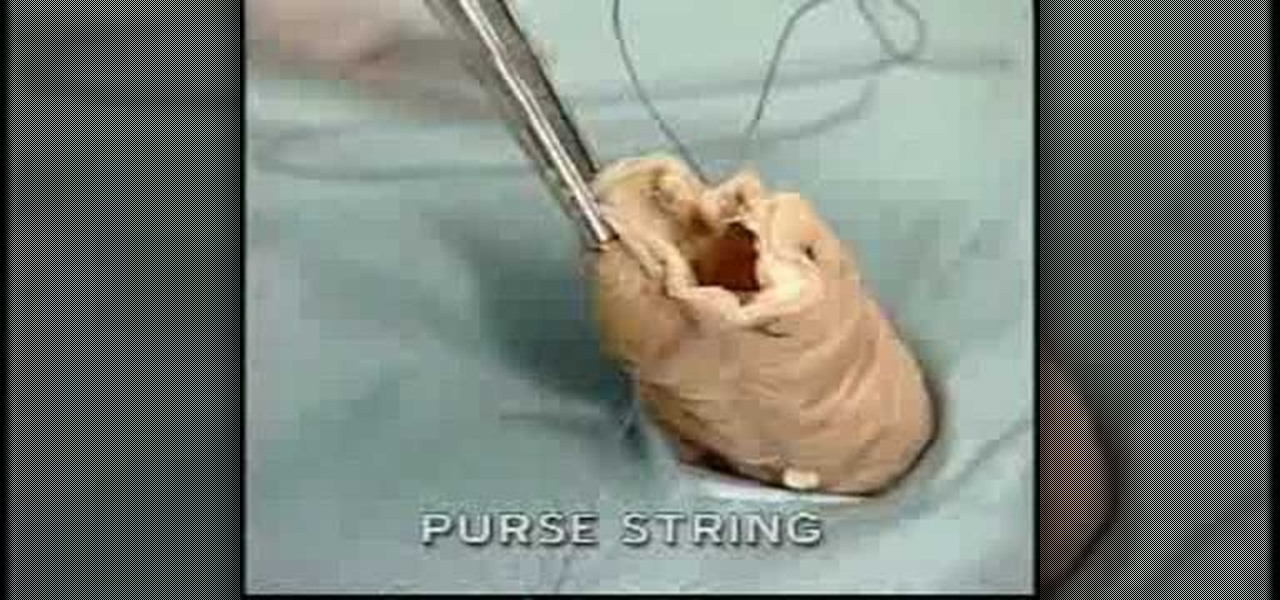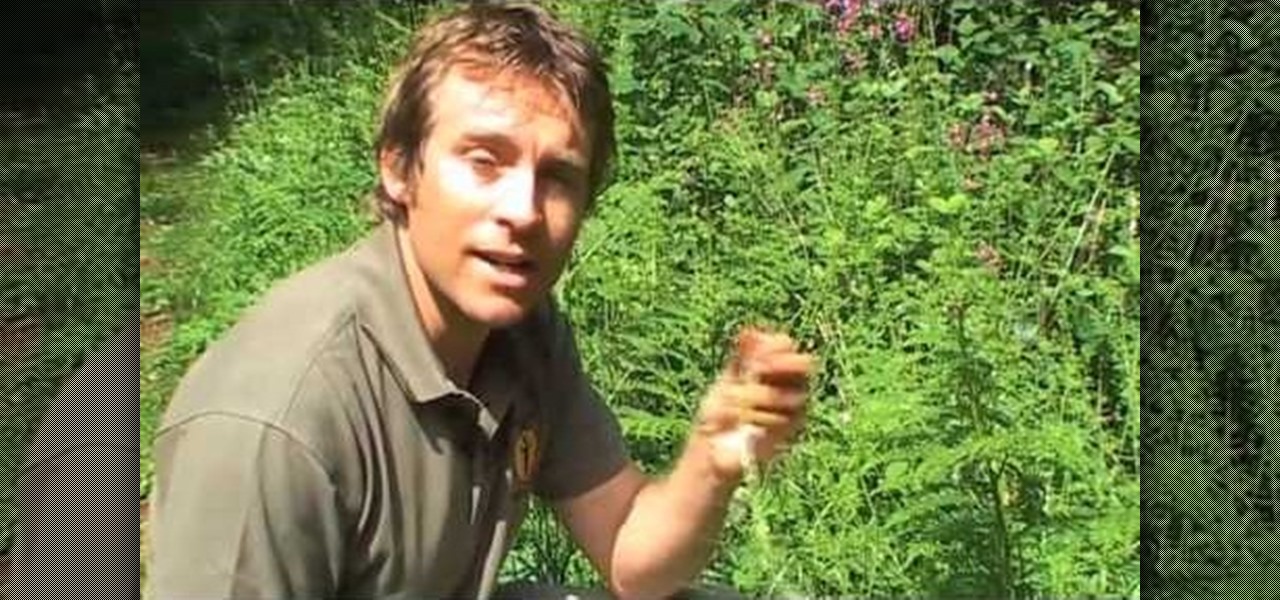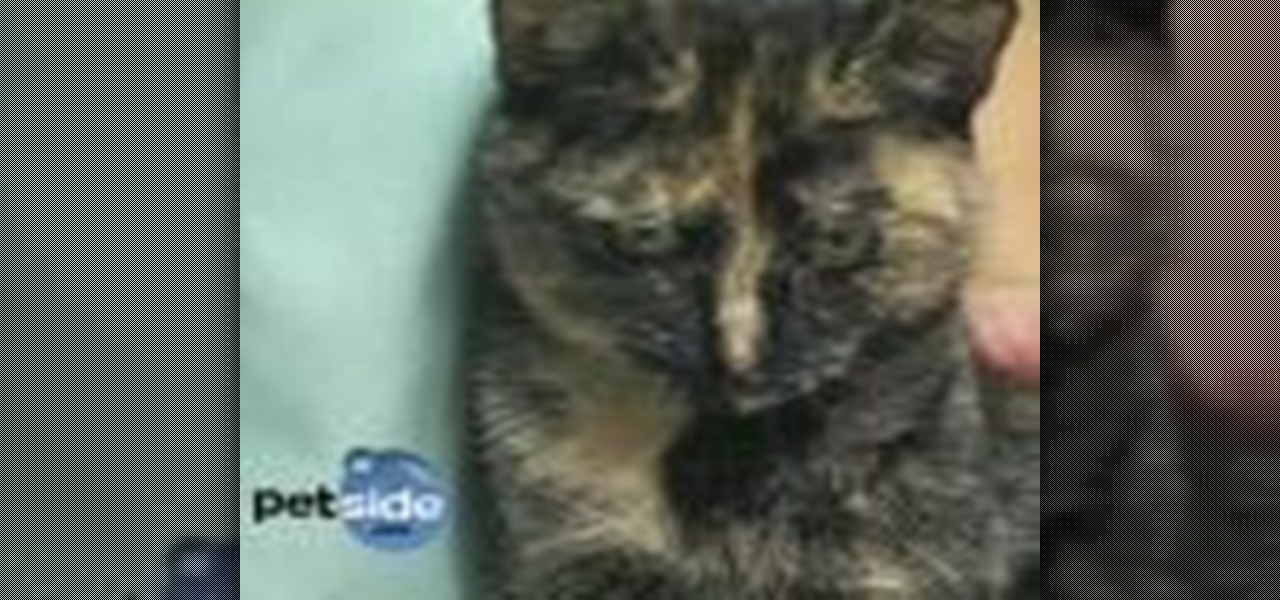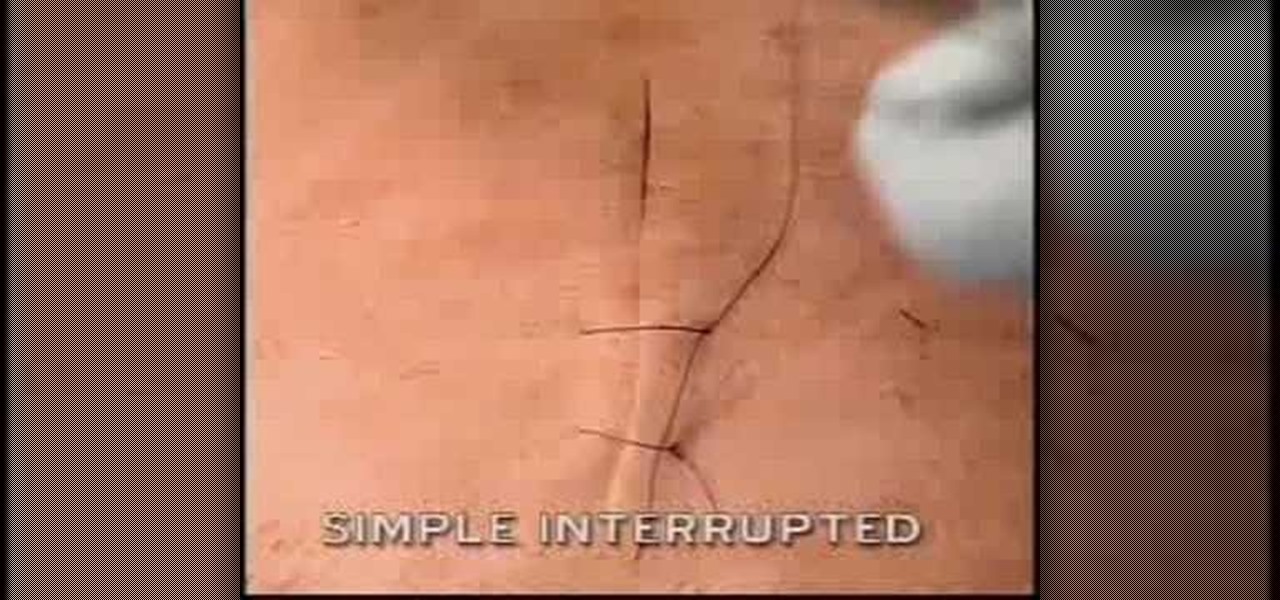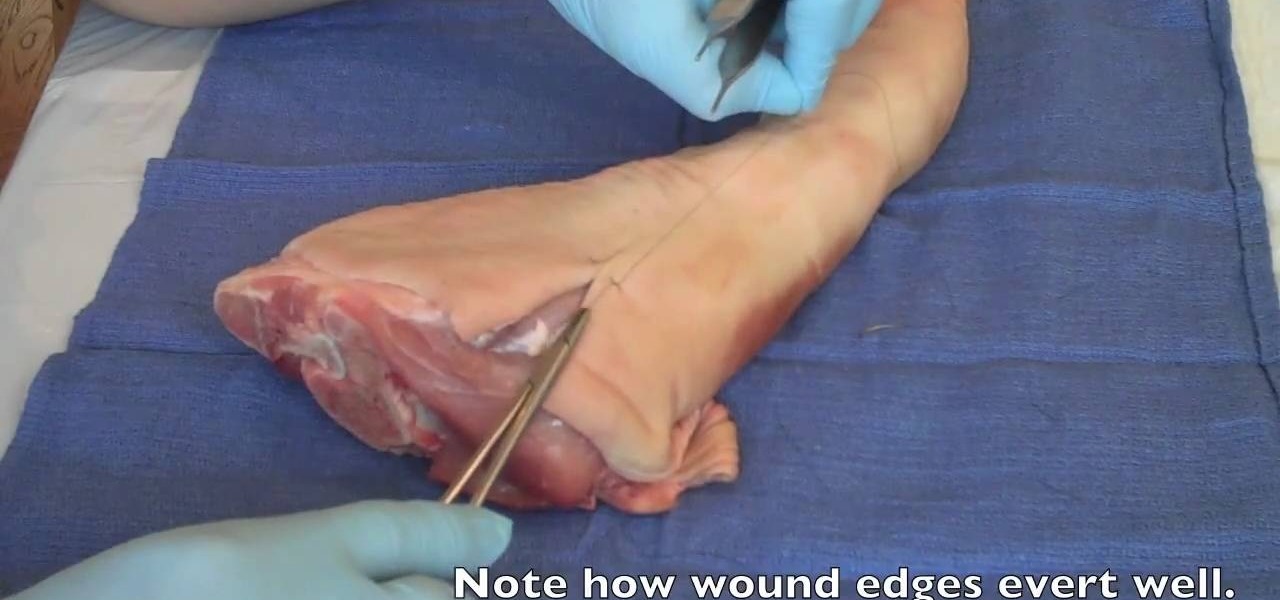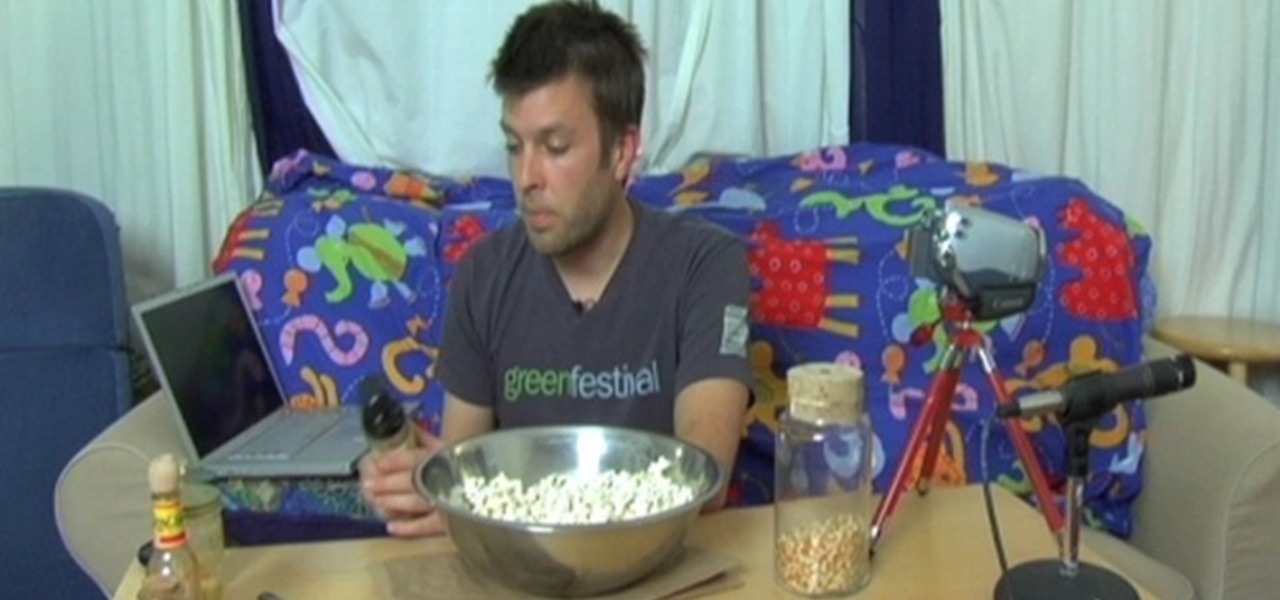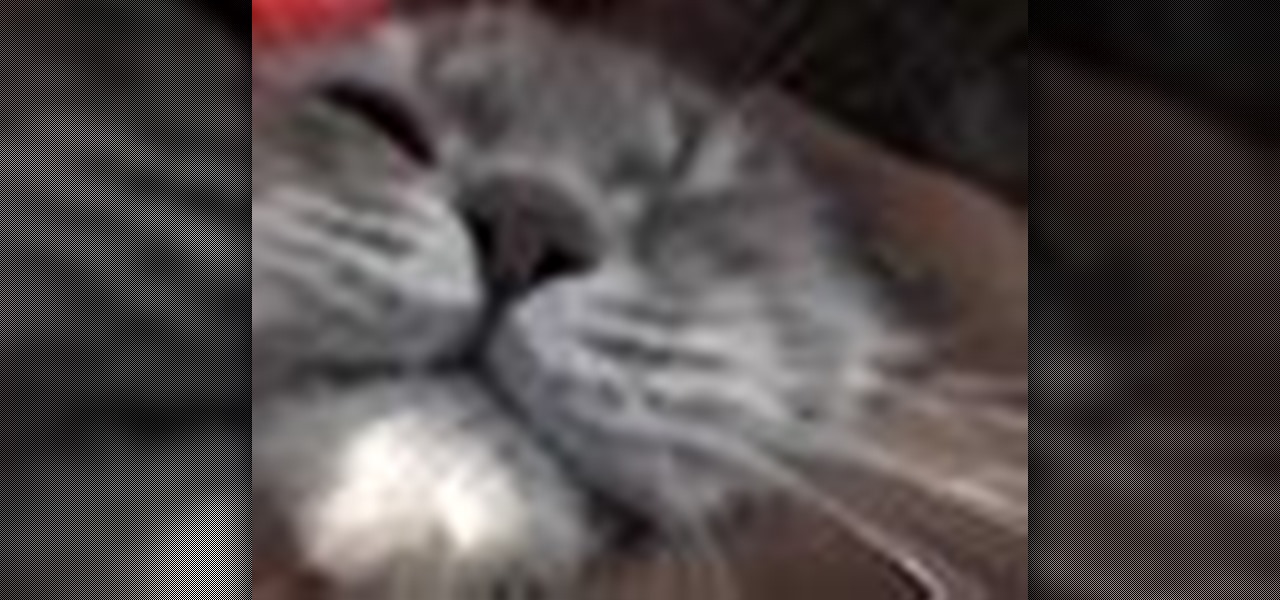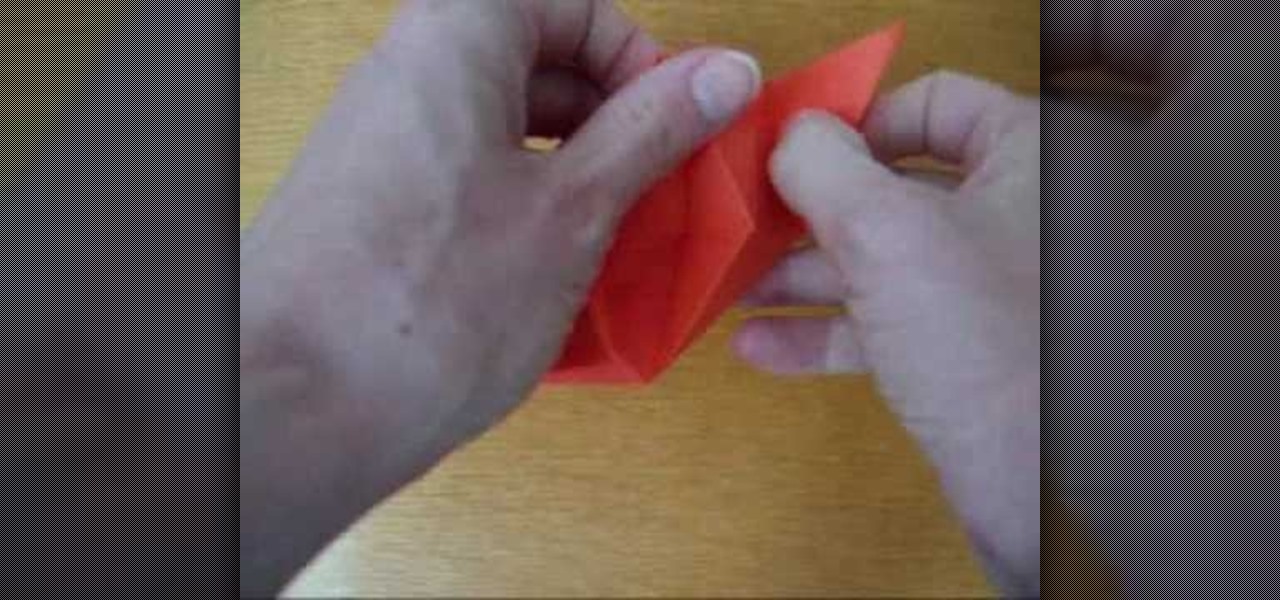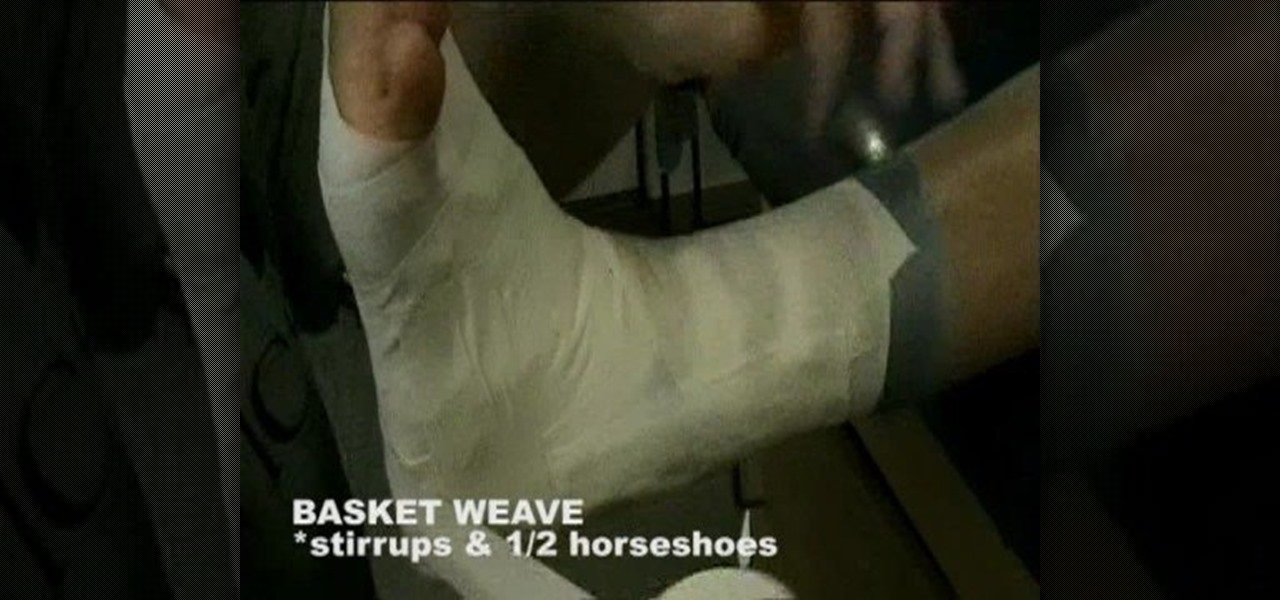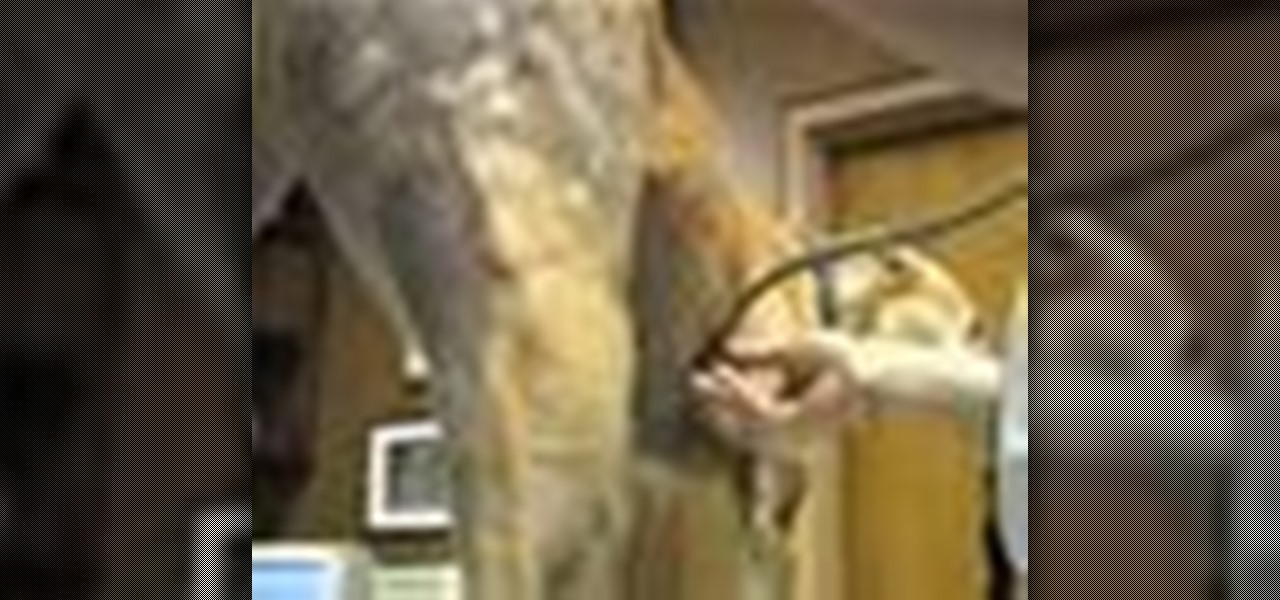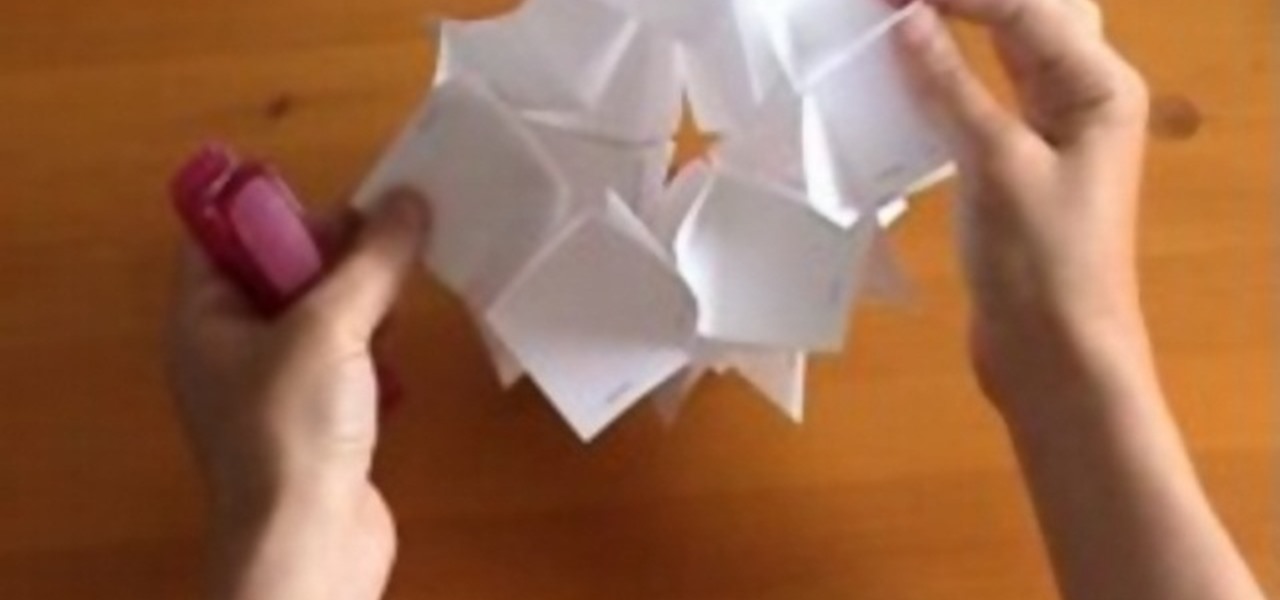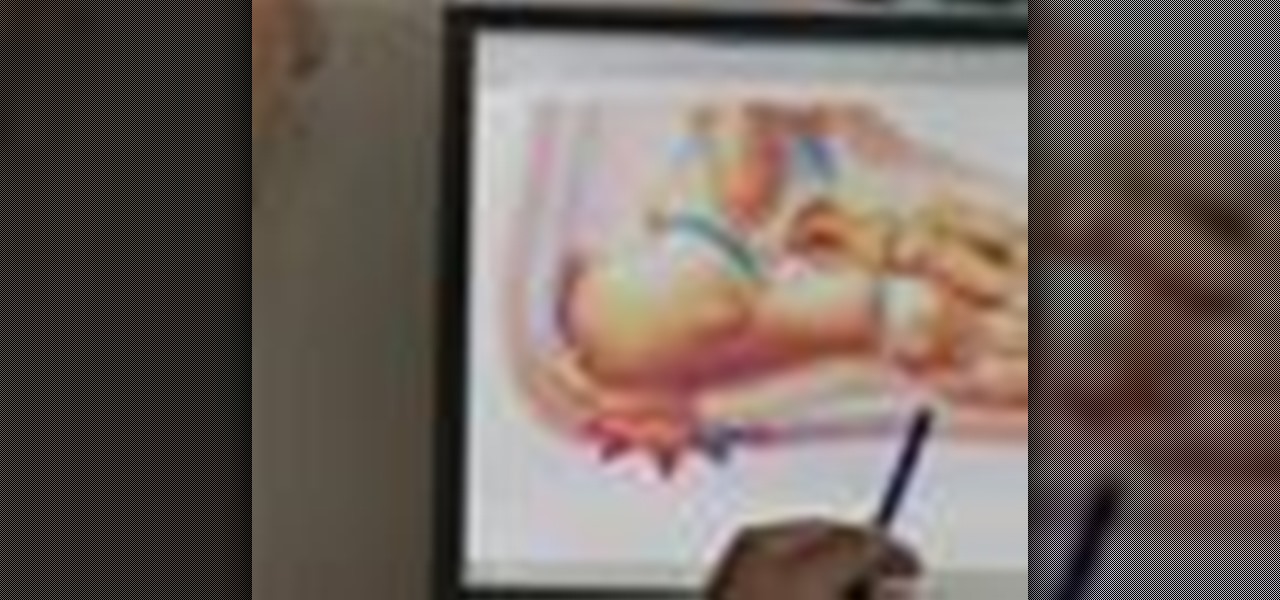
Heel spurs are a very painful condition of the foot and occurs over time. Heel spurs often feel like you are walking on a pebble. Deal with the nagging heel spur injury with stretching, foot care and other methods. Learn how to treat sports injuries in this video on health and rehab.
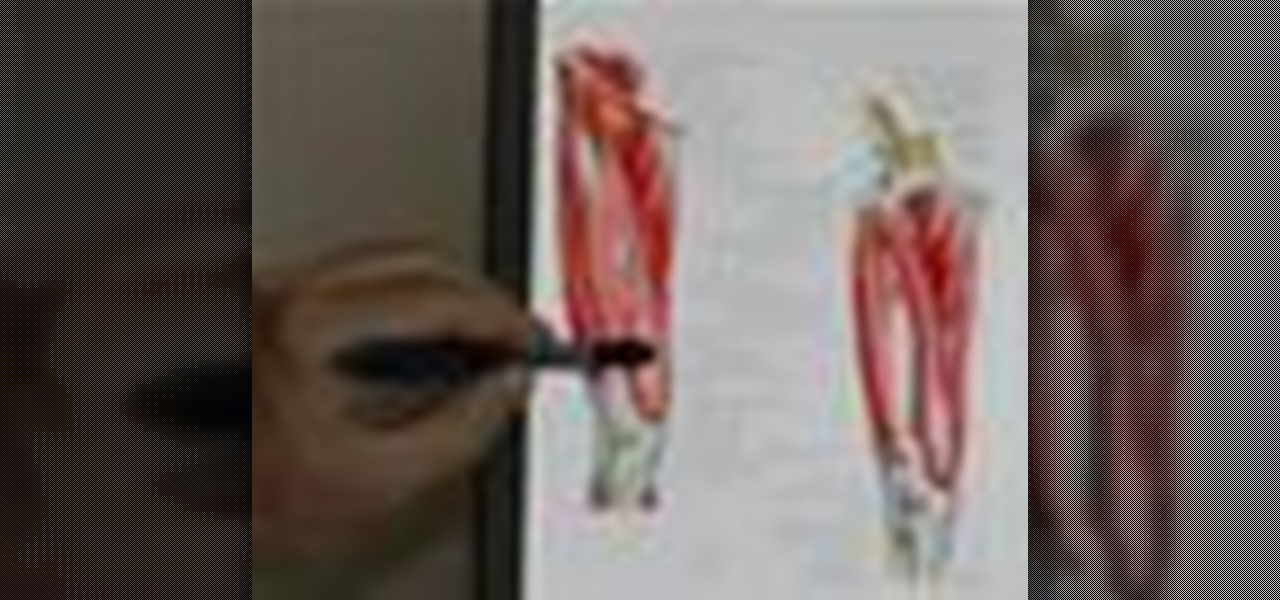
A quadriceps muscle injury is an injury to the muscles on top of your thigh. Treat and strengthen a pulled quad muscle using a few simple steps. Learn how to treat sports injuries in this how-to video on health and rehab.
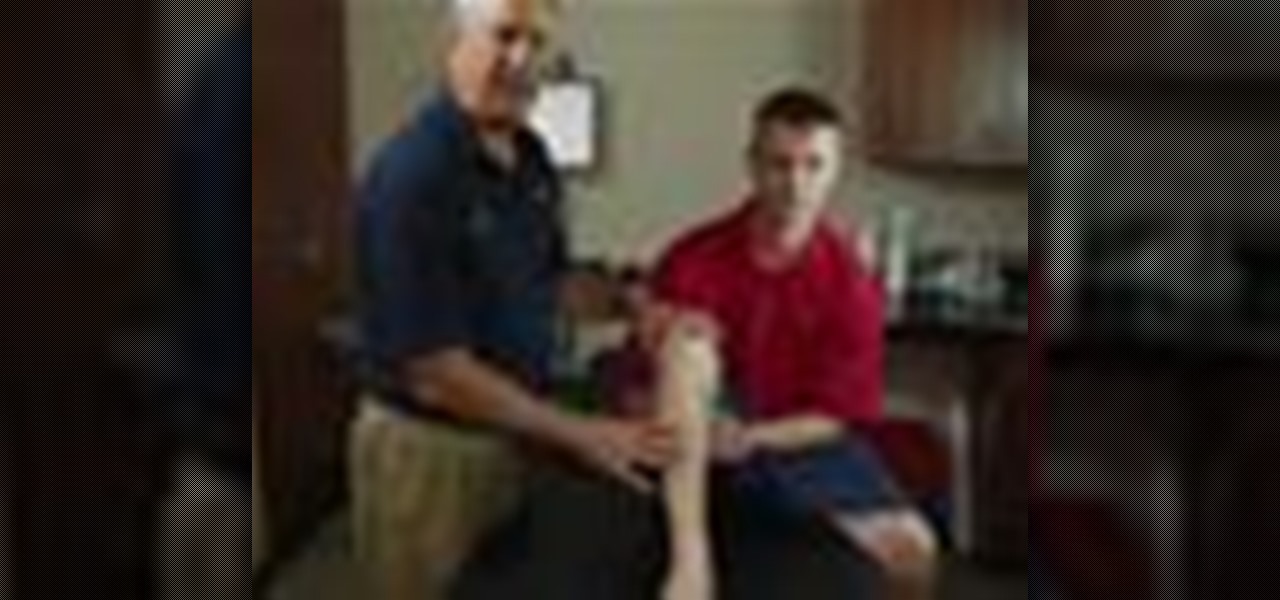
Tibial stress fractures are a very painful condition that have to be treated the right way. Tibial stress fracture treatments and healing methods include rest, stretching and wearing certain equipment. Learn how to treat sports injuries in this how to video on health and rehab.
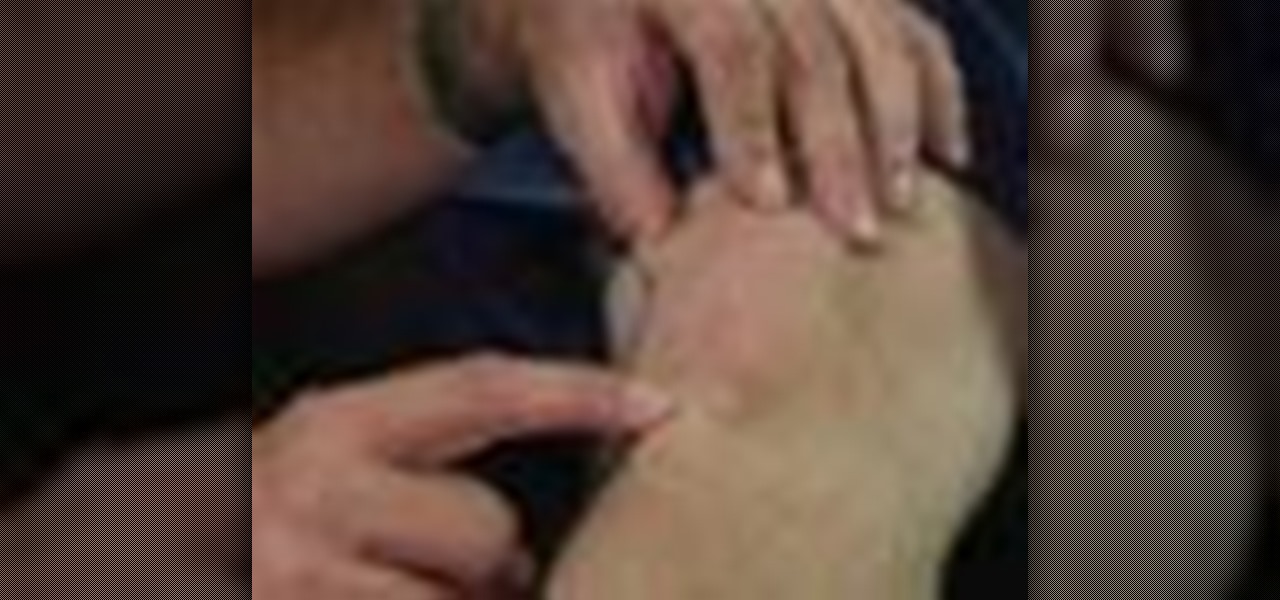
Patellar tendinitis is pain just below the knee cap. Patellar tendinitis treatment tips and techniques can supplement the direct care one receives from a doctor, trainer or physical therapist. Learn how to treat sports injuries in this how-to video on health and rehab.

Tennis elbow is also known as lateral epicondylitis. Tennis elbow injuries can be one long frustration for the tennis player. Learn how to treat sports injuries in this how-to video on health and rehab.
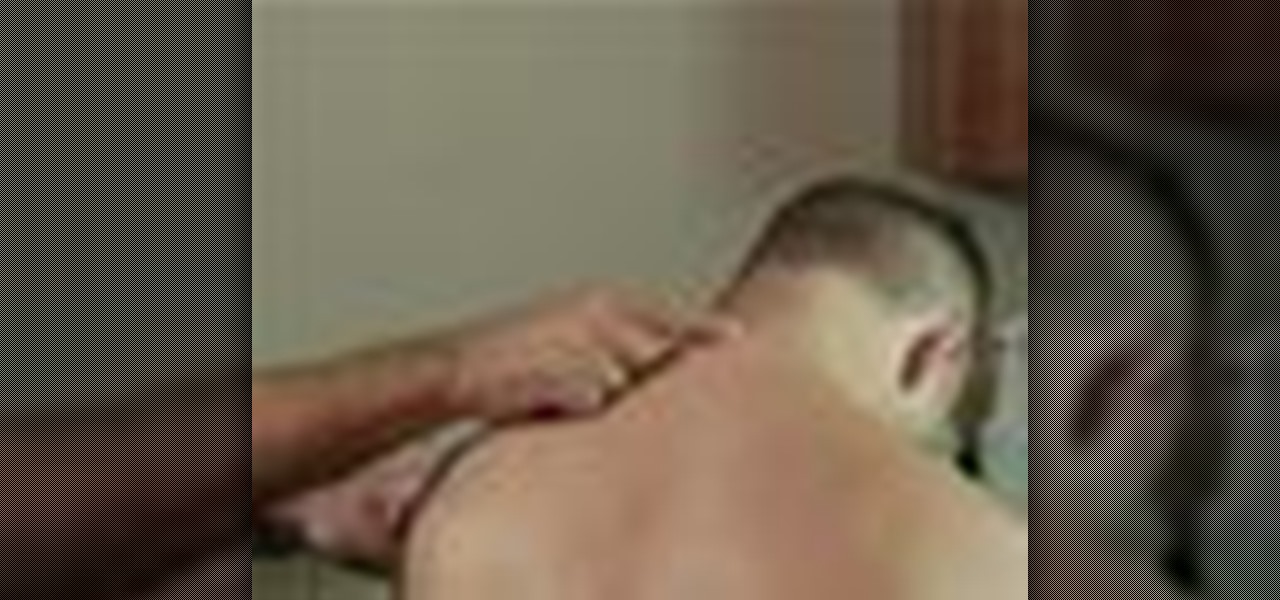
Pinched nerves usually occur in the neck, but can lead to pain and muscle spasms throughout the upper back and arm. And despite all the rumors, neck nerves are not pinched by muscles, but rather by disks in your back. Learn how to treat a pinched nerve in the neck and stay fit in this sports medicine how-to video.

Nosebleed or the official term is epistaxis is bleeding from the nasal cavity. Nose bleeds are very common and are often caused by dry air, illness, or trauma. Learn more about the causes, symptoms and treatments of nose bleeds in this medical how-to video.

The MCL or the medial collateral ligament is a thick fibrous tissue that spans the distance between the bottom of the thigh bone and the top of the tibia on the inside of the knee joint. A MCL injury is caused by stretching or tearing of the MCL ligament in the knee. Learn more about the causes, symptoms and treatments for a MCL injury in this medical how-to video.

A concussion is the most common type of brain injury, often occurring in bike and car accidents or during sports. Many people think that you have to lose consciousness to have a concussion but that is indeed not the case. A concussion occurs any time you have some type of trauma to the head. That can be jostling of the head where the brain is basically just hitting the inside of the skull or it can actually be where you hit your head or somebody that falls and they fall and hit their head. Ki...

Learn how to do medicine ball pull-overs. Presented by Real Jock Gay Fitness Health & Life. Benefits

Make a homemade airsoft machine gun with Kipkay! You will need a basic ball point pen, a film canister or medicine bottle, and an assortment of Airsoft pellets (6 mm size pellets work the best). You'll also need access to a drill, and a hot glue gun.

Reflexology is a form of alternative medicine (read: no drugs involved) that involves applying pressure to strategic points on the feet and hand without lotion or oil.

An AeroChamber with mask is a device made to make metered dose inhalers deliver more medicine to the Asmtha patient. It works especially well for children who aren't great at using their inhaler yet. This video will show you how to to best use one to alleviate the suffering of your Asthmatic child.

A metered dose inhaler is one of the oldest and mostly widely-used kinds of inhaler for quick relief and long term control Asmtha treatment. This video will show you quickly and easily how to use both major types of metered dose inhalers for both major types of Asmtha medicine, ensuring that you get the relief you need from your inhaler.

In this tutorial, learn all about the controversial and artificial food dye, Red 40. Red 40 is linked to hyperactivity in kids as well as ADHD, migraines, stomach aches and jitters. The UK is actually banning Red dye 40 this year.

It's been proven that your body adjusts to any new workout you start doing within a week. Though that means less muscle aches and pain for you, it also means less results.

The purse string stitch is one of the more specialized stitches used during surgery: the purse string suture. This suture is used to seal an opening in a hollow organ in the body, like when a feeding tube is being inserted. It is a challenging maneuver, and mostly useful in internal medicine rather than external, but knowing it is essential to several types of surgery.

Here in civilization, any sign of a cold can be instantly erased with a trip to the doctor and the right medicine, but when you're stuck out in the wild without any pre-packed meds, you're in major trouble.

A dislocated shoulder results when the head of the humerus pops out of the socket joint. This is not a gradual event, but rather a sudden even where the shoulder moves out of its normal location. Learn how to treat a dislocated shoulder and stay fit in this sports medicine how to video.

Dealing with a teething baby is probably the worst time of raising a child. This video shows parents how to manage teething and help your child through a painful period in their life. A few good strategies involving food and medicine are laid out for desperate parents.

Cats are notoriously difficult when it comes to medication. It seems like while you can trick a dog into eating medicine, a cat will see you coming from a mile away. In this video, Dr. Lauren will show you the easiest way to get your cat to take medication. Follow along and avoid scratches and screaming the next time your kitten is ill.

In the wide world of suturing techniques, the simple interrupted suture is perhaps the simplest and most common. This video details and demonstrates how to perform such a suture. This will be a very handy video for anyone new to the field of medicine looking to improve their surgical skills.

The vertical mattress suture is one of the most common stitches used in Western medicine. this video features a demonstration of a vertical mattress suture on a big legs. This video will make a handy reference for any medical, veterinary, or nursing student looking to improve their suturing techniques.

Ok, so here’s this weeks DirtSalad video. It’s about making popcorn. Why? Well, my girlfriend Kristin is a therapeutic chef and typically cooks or prepares meal plans for people that are trying to prevent cancer, heart disease or diabetes by using foods as medicine. In this video, you will learn how to make popcorn that tastes crazy good and uses ingredients that are actually good for you.

This video gives you a creative solution for handling those annoying telemarketers by giving them a taste of their own medicine. You don't even have to be mean!

This video is tips and tricks for emergency room medicine practitioner. It demonstrates how to put in a central line, and demonstrates different tools.

Getting your cat to do anything you don't want it to do is difficult, and getting them to take pills is no exception. Watch this video to learn how to administer your cat medicine safely and easily for both of you.

A kusu what?? Learn how to create a kusudama, or a paper medicine ball made with multiple identical pyrimidal units, by watching this video.

Going into sports medicine? Taping up an injured ankle will help keep the ankle supported and on its way to mend. In this video, learn how to perform an open back ankle tape job with these step by step instructions.

Are you interested in flight medicine? Taking care and transporting critical care patients to and from the sight of their injury to the hospital? In this video, learn from the President of the National Flight Medic Association, Jason Hums MPH what it takes to become a flight medic: what to do after schooling to prep, how to compiete for the job in this highly competitive field, and what wesbites to ceck out for more information.

Here is how you can vaccinate a bird by hand. No help needed. This is an age old technique not performed by a veternarian. This is to inject a vaccine in the homing pigeons to protect them from contracting disease. This is a common practice of preventative medicine.

This how-to video goes over basic surgery techniques for third year medical students. The knot tying demonstrated in this video are vital to any surgical rotation. Follow along and learn how to tie square knots. This square knot presentation is demonstrated by the UMD School of Medicine.

Whether it's a daily routine or for a short period of time, giving medicine to your dog is an important task that isn't always simple. Learn some helpful tips that will make giving a pill to your dog a little easier.

Want to beautify your skin with the most natural products around? Look no further than your kitchen and medicine cabinet to try these quick and easy recipes: witch hazel cleansing tonic, honey nutmeg scar remover, and citrus blackhead treatment.

This video teaches you how to make an air horn out of two medicine bottles, a glove and a rubber band. Use this as inspiration for one of your April Fools Day pranks!

Today's word is "antidote". This is both a noun and a verb. As a noun, it means a medicine to counteract a poison.

Make a Japanese kusudama, or as it is more commonly known a 3D paper medicine ball. It resembles origami but much more fun. This modular origami model requires 20 units.

Slicing soft, fresh cheeses, like chevre, can become a sticky mess. The cheese either clings to the knife or crumbles into an unwieldy pile. To get perfect slices every time, head to the medicine cabinet and grab the dental floss. Wrap the floss (use unwaxed and unflavored) around your fingers and then use to slice through the cheese. Floss works for slicing cheesecake, too.

There's such a variety of massage styles to choose from today. Take Shiatsu and Thai massage. They're based on traditional Asian medicine, and are designed to address aches and pains, but are also aimed at balancing the energy of the body to improve health and well-being.

If you're a first year medical student, this is one of the skills you will be learning when training to become a doctor or physician— the ophthalmoscopic exam, which is an instrument for visually inspecting the retina and other parts of the human eye. Every doctor will carry an ophthalmoscope around in his/her pocket daily, so it's necessary that this would be one the first things you should learn in medical school. See how to examine the undilated eye, in five steps.








